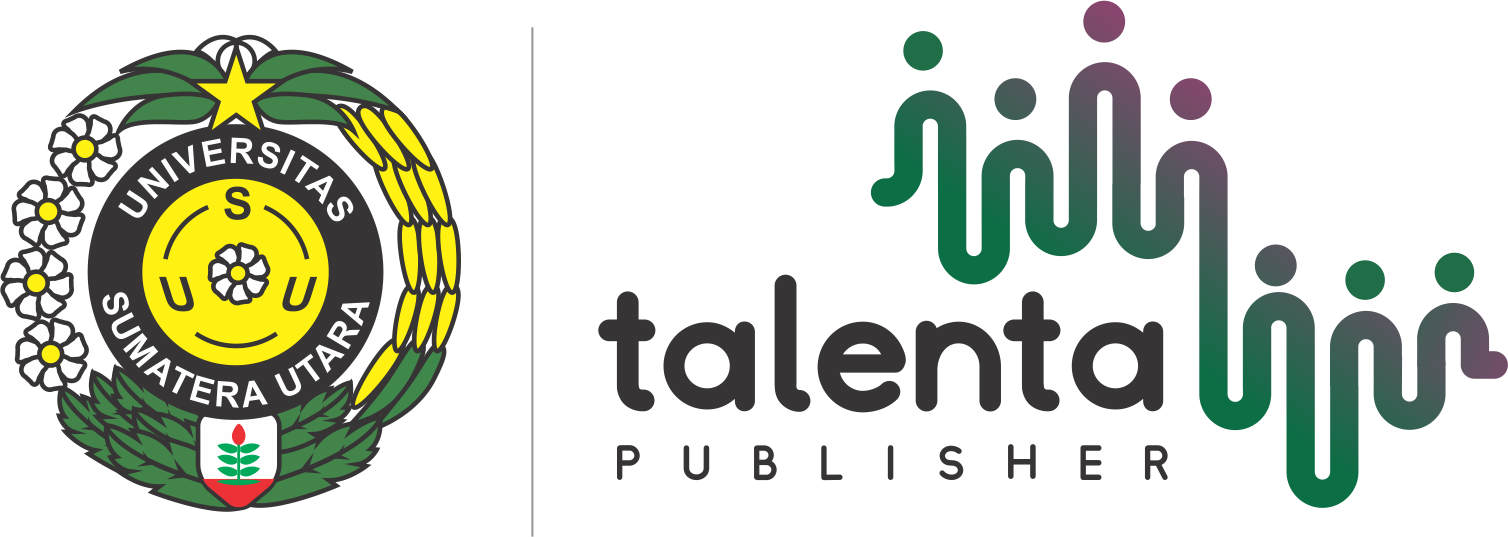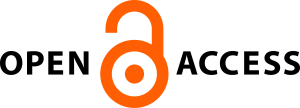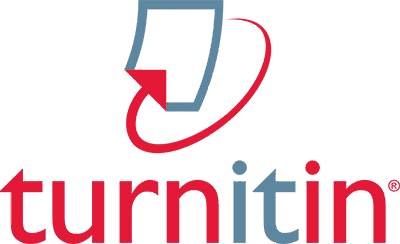Analisis Beban Postur Kerja pada PT. XYZ menggunakan Rapid Entire Body Assessment (REBA)
| Authors | ||
| Issue | Vol 8 No 1 (2025): Talenta Conference Series: Energy and Engineering (EE) | |
| Section | Articles | |
| Section |
Copyright (c) 2025 Talenta Conference Series: Energy and Engineering (EE)  This work is licensed under a Creative Commons Attribution-NonCommercial-NoDerivatives 4.0 International License. |
|
| Galley | ||
| DOI: | https://doi.org/10.32734/ee.v8i1.2661 | |
| Keywords: | Sortasi TBS REBA Antropometri Musculoskeletal Disorder FFB sorting Anthropometry | |
| Published | 2025-07-28 |
Abstract
PT. XYZ ialah perusahaan swasta nasional bergerak pada sektor perkebunan dan industri kelapa sawit. Pada stasiun sortasi, proses pemilahan tandan buah segar (TBS) di loading ramp masih dilaksanakan secara manual oleh operator laki-laki. Aktivitas ini melibatkan pemindahan TBS ke dalam lori dengan postur kerja berdiri, membungkuk, dan leher menunduk, yang menyebabkan otot bekerja secara statis. Berdasarkan analisis REBA, aktivitas sortasi TBS memperoleh skor 10 (level 4) yang menunjukkan tingkat risiko tinggi dan membutuhkan perbaikan segera, serta skor 5 (level 3) yang menunjukkan risiko sedang dan juga memerlukan perbaikan. Usulan perbaikan meliputi modifikasi alat tojok, seperti memperpanjang batang tojok, menambahkan pembatas antara batang dan mata tojok, menambahkan pegangan, serta mengubah bentuk pegangan agar sesuai dengan dimensi tubuh (antropometri) operator.
PT. XYZ is a national private company engaged in the plantation and palm oil industry sector. At the sorting station, the process of sorting fresh fruit bunches (FFB) at the loading ramp is still performed manually by male operators. This activity involves transferring FFB into trolleys while working in standing, bending, and neck-down postures, which leads to static muscle exertion. Based on the REBA (Rapid Entire Body Assessment) analysis, the FFB sorting activity scored 10 (level 4), indicating a high level of risk that requires immediate corrective action, and a score of 5 (level 3), indicating a moderate risk that also needs improvement. The proposed improvements include modifications to the tojok tool, such as lengthening the handle, adding a barrier between the shaft and the tip, installing a grip, and redesigning the handle to match the operator's body dimensions (anthropometry).





